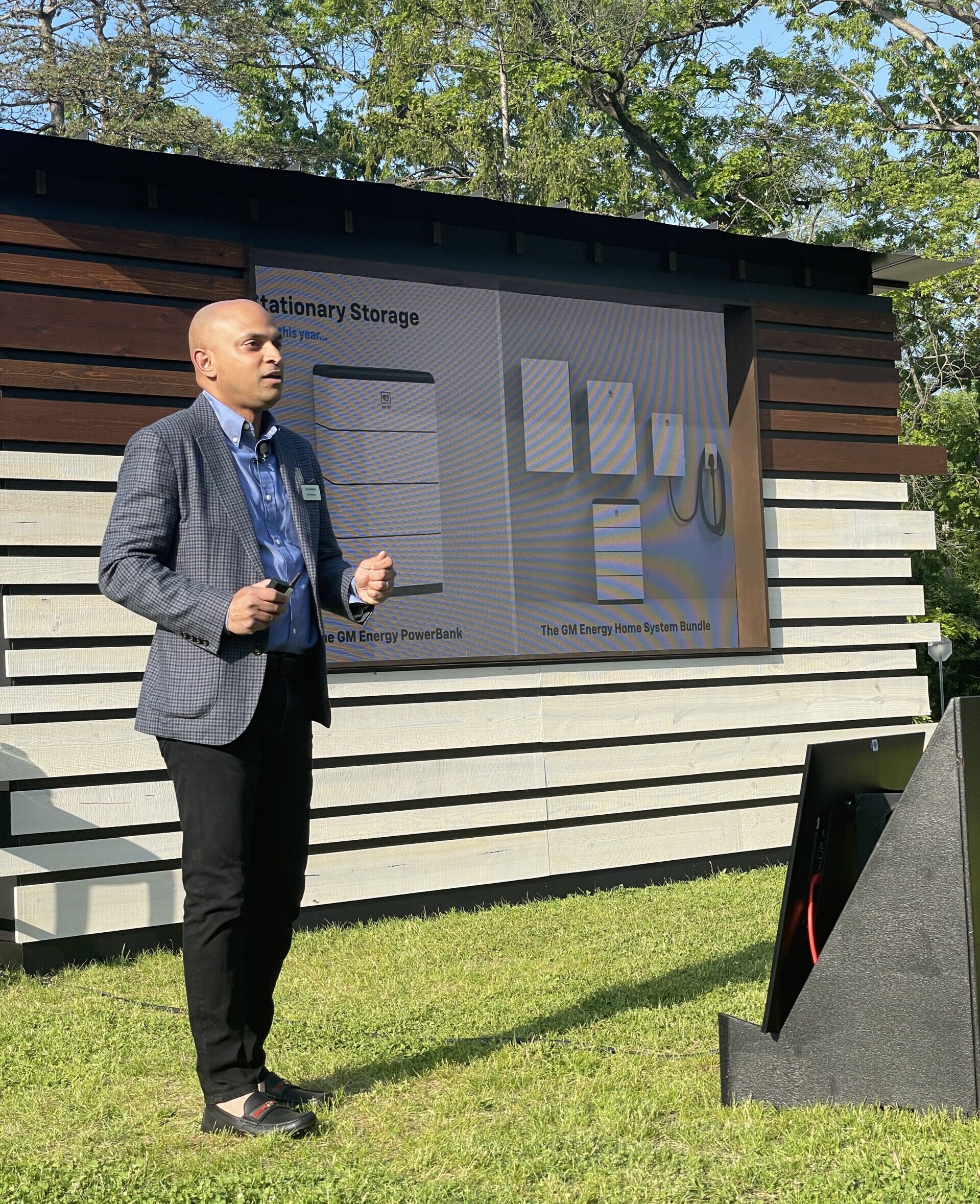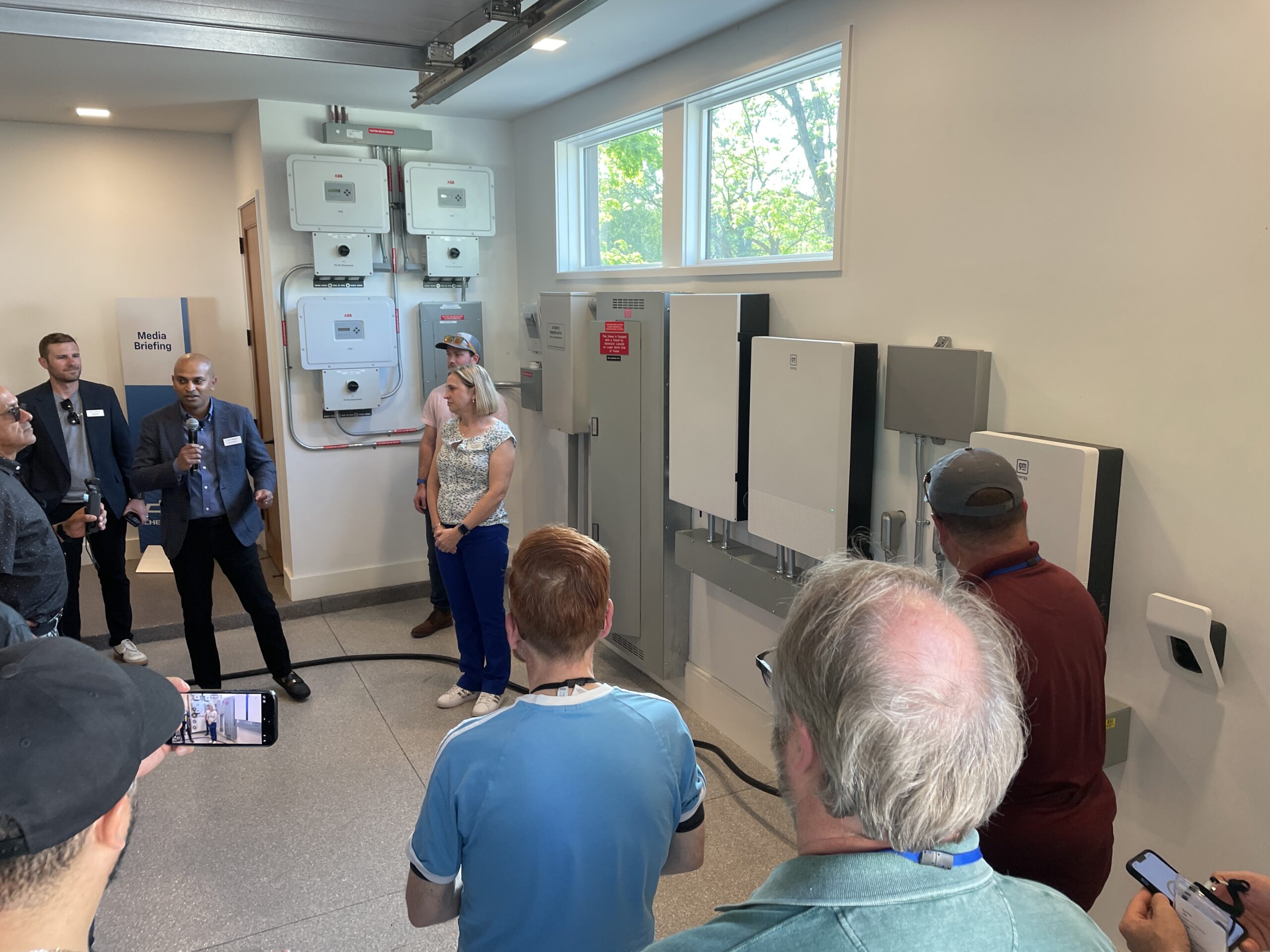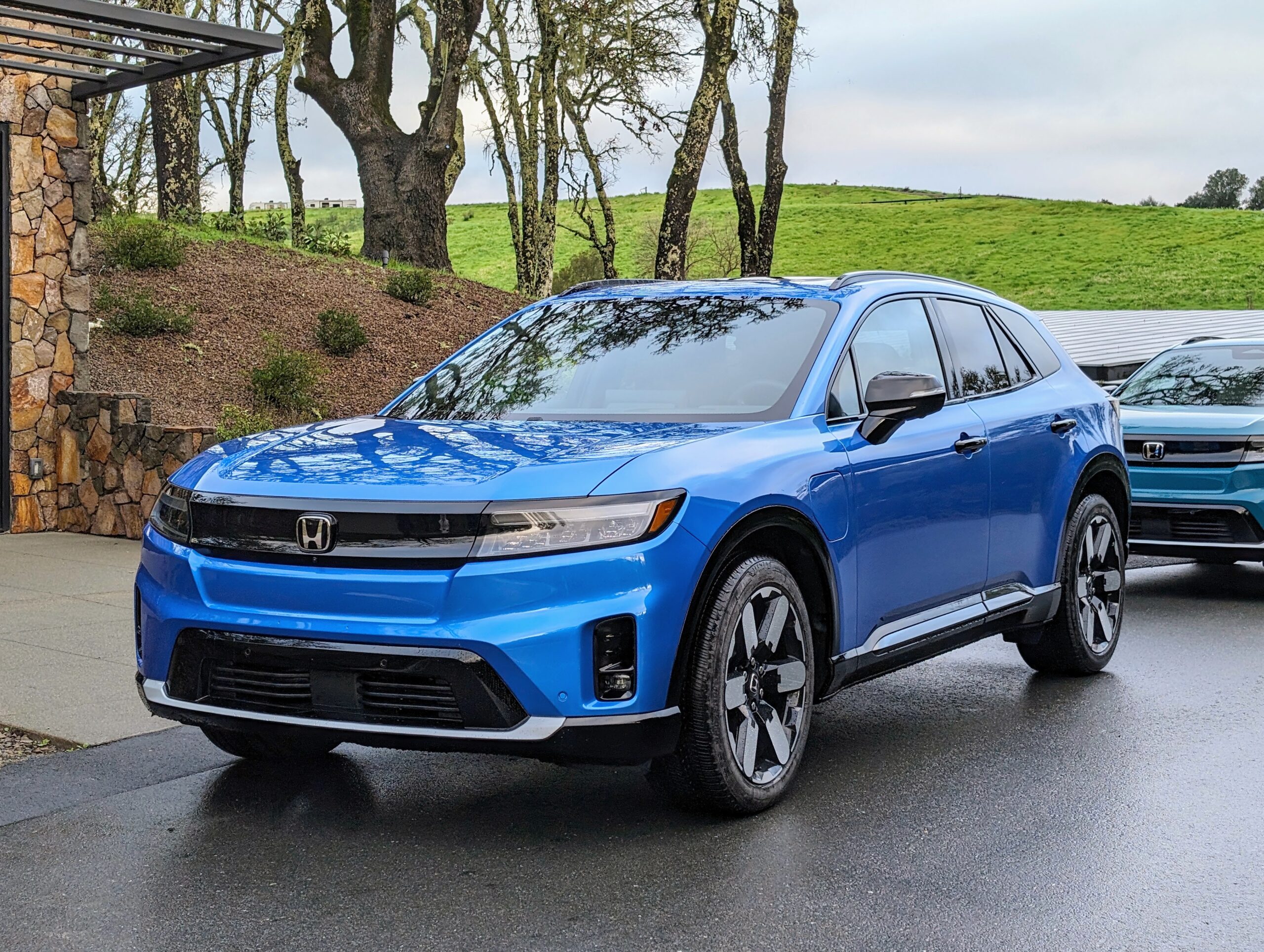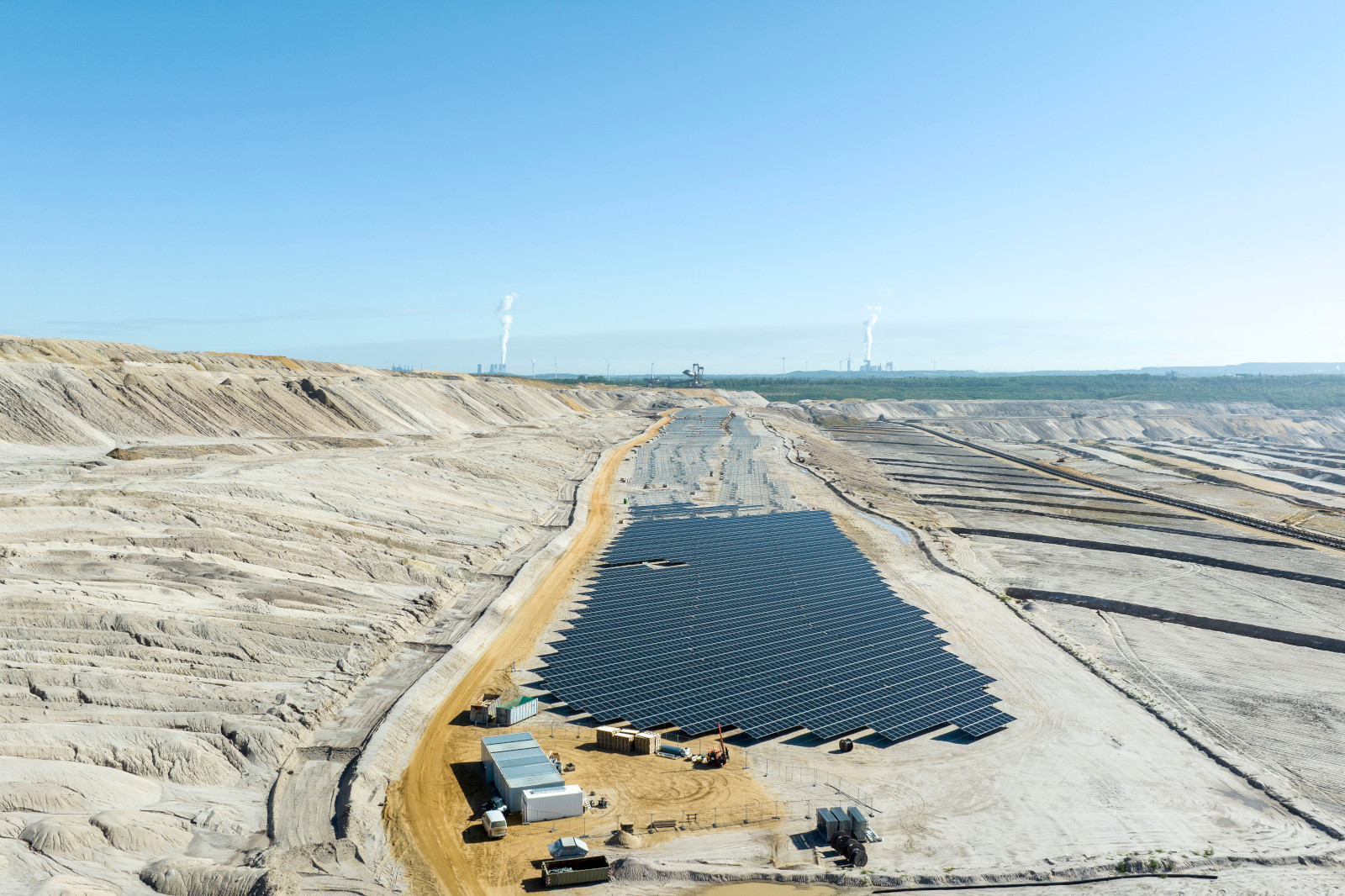Sign up for daily news updates from CleanTechnica on email. Or follow us on Google News!
I just attended a GM Energy presentation that showcased vehicle-to-home (V2H) and vehicle-to-grid (V2G) capabilities, and plans for energy management services. Despite concerns about battery degradation, the company’s comprehensive approach to energy solutions aims to improve grid resiliency and reduce power outages.
GM Energy, a new business unit of General Motors, focuses on offering batteries, EV chargers, and software to residential and commercial customers. The company has recently introduced the Ultium Home product suite, which includes energy storage, solar panels, and bi-directional charging equipment. These products enable vehicle-to-home (V2H) and vehicle-to-grid (V2G) capabilities, allowing electric vehicles to power homes during blackouts or to provide energy back to the grid. GM Energy aims to expand its energy management services to mitigate the effects of power outages and provide cost-effective energy solutions for customers.
Below is an edited quote from the presentation:
The Department of Energy estimates over 150 billion dollars is lost due to outages. So what we want to do is make sure that we’ve got solutions in place that will help mitigate that. The grid is an aging infrastructure. It’s going to take time and investment to get it back to where it needs to be as more and more energy assets start accessing the grid, and at GM Energy we believe that our electric vehicle portfolio is part of the solution.
Our home product ecosystem unlocks vehicle-to-home technology. It starts our very first bi-directional charger — the PowerShift allows you to charge up to 19.2 kilowatts AC at ATMs, the fastest AC charging we bought out there. Couple that with our vehicle-to-home enablement bundle of a bidirectional inverter, a home hub that allows you to choose the sources in your home that are most important to you that you want to backup, and its hard-start battery, and wake the system up when you have no power. This system, when coupled with equipment vehicle like the Silverado RST, gives you that flexibility and puts the power to choose back in the customer’s hands.
They also described their plans to add stationary storage so you could have backup power when the vehicle isn’t home and plugged in. Later, they will enable the integration of either existing or new solar so you can charge your vehicles and stationary storage and power your home. I was impressed that they even plan to work with utilities and setup virtual power plants (VPP) to enable owners to get even more value from their systems.
I asked them if doing frequent discharges of vehicle battery would cause degradation. I was curious how they would handle it if a person had very few miles on their vehicle but had used the battery heavily for VPP. They replied that they had a way to measure that usage. I told them that will be complex to communicate with your customers and if people feel they didn’t know about that, they will be quick to bring a class action lawsuit, similar to what happened when many early Nissan LEAFs (like mine) experienced rapid battery degradation.
In the demo, they simulated a power outage and showed how their Silverado EV could provide power for selected loads for several days. It took about 10 seconds for the system to switch over to using the truck’s battery power, but I expect they will be able to offer quicker response to those interested once they offer stationary battery storage. They made it clear that although the demo used the Silverado, they plan to use this capability to add value to all their Ultium vehicles. They also plan to offer solar integration so you would have the ability to go off grid indefinitely (if you install enough solar to meet your needs).
Conclusion
I’m excited that GM is getting involved in a big way in the integration of vehicles, stationary batteries, home changing, and solar. In some areas, like with their plans to support vehicle-to-home and vehicle-to-grid, they seem to be ahead of Tesla. In other areas (like stationary storage and solar integration), they are a little behind. But this is early in the development of a huge market that has room for many big and small entrants. I’m looking forward to their future announcements to complete their vision.
Disclosure: I am a shareholder in Tesla [TSLA], BYD [BYDDY], Nio [NIO], XPeng [XPEV], Hertz [HTZ], NextEra Energy [NEP], and several ARK ETFs. But I offer no investment advice of any sort here. General Motors covered my travel expenses to show me several new products (GM Energy, Equinox EV and Silverado EV RST First Edition.
Have a tip for CleanTechnica? Want to advertise? Want to suggest a guest for our CleanTech Talk podcast? Contact us here.
Latest CleanTechnica.TV Video
CleanTechnica uses affiliate links. See our policy here.







